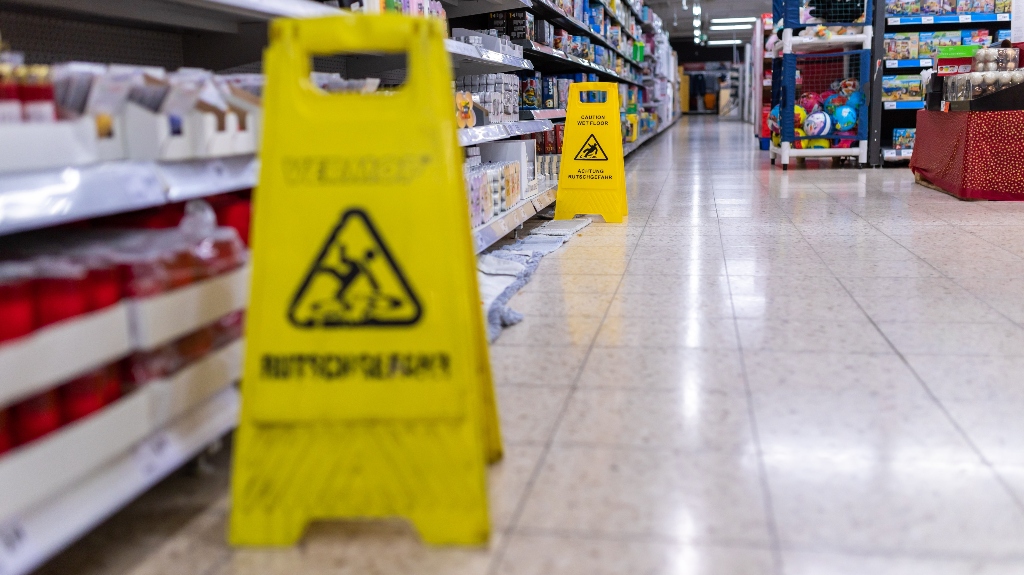
Gathering evidence is a crucial step after a slip and fall accident, especially when pursuing a personal injury case. This is because the quality and detail of your evidence can significantly impact the success of your compensation claim. As the burden of proof lies with the claimant, compiling compelling evidence to bolster your case is imperative. Every piece of evidence plays a vital role in strengthening your position and can sway the outcome in your favor.
Proof There Was a Hazard and Establish Who Was At Fault
Obtaining photographs and videos of the accident scene, specifically focusing on capturing the hazard that led to the fall, such as spilled liquid or uneven flooring, can demonstrate the dangerous conditions present at the time of the accident. More importantly, documenting the hazard can also help establish that the property owner knew or should have known about the danger and did not take reasonable steps to fix or correct the issues. This can help prove negligence.
Show What Injuries Resulted From the Accident
Following a slip and fall accident, you want to ensure that you obtain your medical records. These records, when they detail your injuries, including your diagnoses, limitations, and treatment plans, can effectively demonstrate the severity of your injuries and establish a clear and undeniable link to the accident.
Corroborate What Happened
If witnesses were present during the accident and saw what happened, obtain their names and contact details. Their statements can provide additional support for your recollection of the events.
Collect Proof Before It Disappears
It is important to act promptly and document the scene after a slip and fall, as the hazards may be removed or changed after the incident. This evidence can provide untampered and raw proof of what happened and why.
Support a Claim for Monetary Damages
Obtaining evidence following a slip-and-fall accident can support a claim for compensation. This includes both economic and non-economic damages, such as medical bills, lost income, pain and suffering, and emotional anguish. For instance, providing medical records and visual documentation depicting the gravity of the accident can serve as indicators of potential severe physical suffering or emotional trauma.
Strengthen a Legal Position
The quality and depth of your evidence play a critical role in strengthening your legal position. When negotiating with insurance companies or presenting your case in court, comprehensive evidence can serve as a strong foundation, making it challenging for the opposing party or their insurance provider to contest your claims. This evidence can include documentation, witness statements, expert opinions, and other relevant information supporting your case.
What Evidence Should You Collect After a Slip and Fall Accident?
The success of a personal injury claim often hinges on the compelling nature of the evidence presented. This evidence can include:
- Photographs of the accident site. These photos should also include close-ups of the dangerous condition that caused the fall, the surrounding area, and any visible damages.
- Videos of the accident scene. This documentation can capture the full context of the hazardous conditions.
- Accident reports. Without it, the manager may not have a record of the slip and fall, and the insurance company could deny the claim.
- Medical records. These records can provide detailed documentation of the injuries following a slip and fall accident.
Contact Richard D. Hobbs & Associates Today To Speak To an Experienced Slip and Fall Accident Attorney
If you were injured in a slip and fall accident and you want to learn more about the legal options and remedies you may have, contact Richard D. Hobbs & Associates today and speak with an experienced slip and fall accident lawyer about your case.